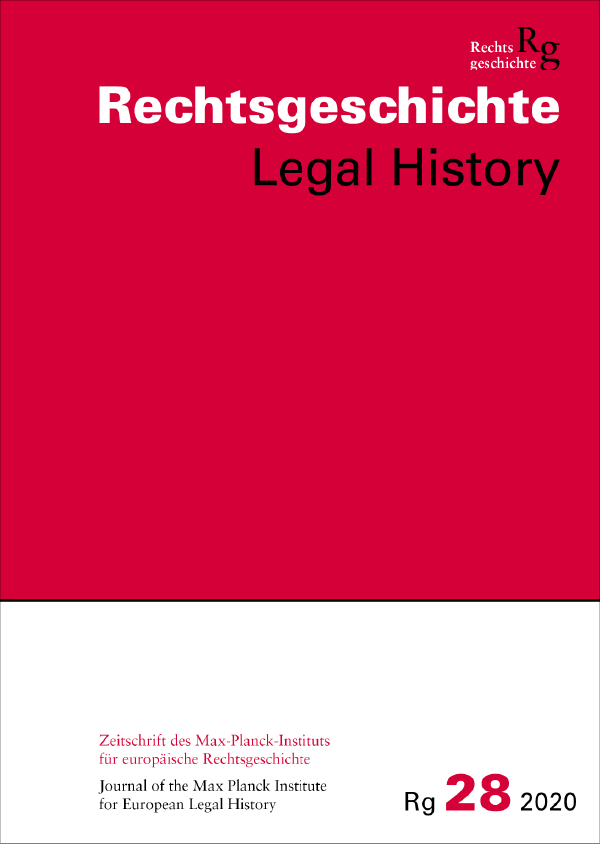Limits of the Regulatory Power of Law and Sovereign Rule: Monetary and Banking Crises from the Late Middle Ages to the Introduction of the Gold Standard
DOI:
https://doi.org/10.12946/rg28/142-149Keywords:
monetary law, financial market, currency, central banks, effectiveness of lawAbstract
Monetary crises as well as disruptions of the financial system have been part of European history since the late Middle Ages. The essay argues that these developments reveal remarkable limitations to legal power and financial sovereignty: From the very beginning, the power to set monetary value was in the hands of the rulers, kings and queens, princes and even city councils. There were, however, legal limits to their discretion. These limits developed from the idea that the users of mints and money should not be at the mercy of their rulers when it came to monetary value, particularly concerning debasement and devaluation. While such legal rules did not always prove effective, fiscally driven devaluations were frequently without lasting impact due to the power of the market actors. Even when governments and rulers created intermediary entities like their own banks, their success on the financial markets was anything but certain. It was only with the establishment of central banks, not to mention international cooperation between central banks as well as governments, that states were finally able to achieve greater influence over market dynamics.
Published
How to Cite
Issue
Section
License
Copyright (c) 2020 Author

This work is licensed under a Creative Commons Attribution 4.0 International License.





